CertiK co-founder Gu Ronghui attends China International Finance Forum · Hong Kong Summit: Discussing Digital Asset Compliance and the New Global Regulatory Landscape
On November 6, CertiK co-founder and CEO, Columbia University professor Ronghui Gu attended the China International Finance Forum · Hong Kong Summit and participated in the roundtable discussion on "Compliance and Innovation of Digital Asset Trading Platforms."
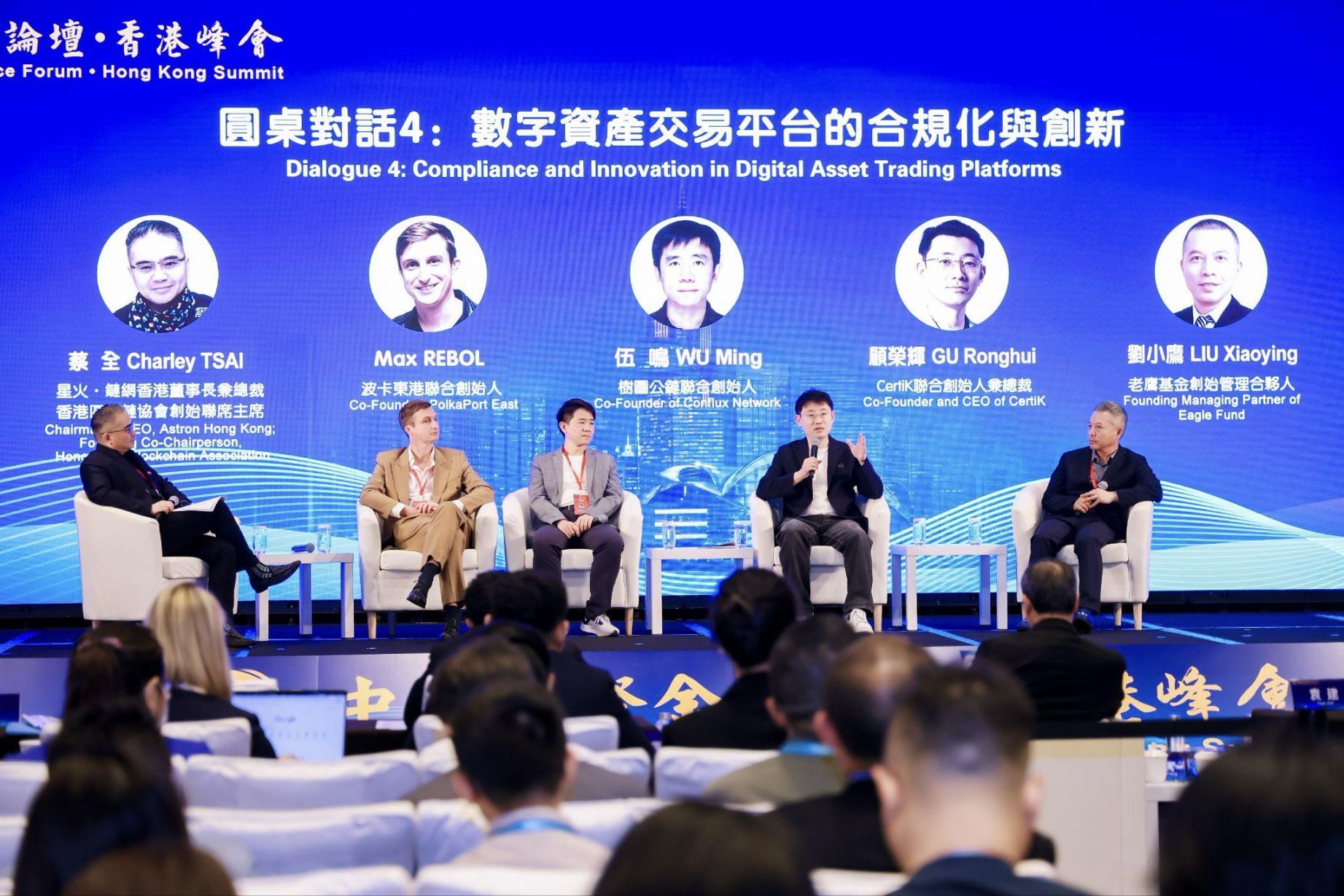
On November 6, CertiK co-founder and CEO, Columbia University Professor Ronghui Gu, attended the China International Finance Forum · Hong Kong Summit and participated in the roundtable discussion on "Compliance and Innovation of Digital Asset Trading Platforms." Professor Gu shared in-depth insights on compliance trends and regulatory collaboration for digital asset trading platforms. He pointed out that as global attitudes toward Web3 industry regulation shift, compliance has become a core issue driving the long-term healthy development of digital finance.
At the forum, Professor Gu stated that CertiK has always maintained close communication with major global regulatory bodies and large financial institutions. "Whether it's regulators or traditional financial institutions, there are always certain concerns when entering the Web3 field. The first reaction is often to worry about security issues, and in many cases, the specific sources of these risks are not well understood," he said. "This is exactly where CertiK's advantage lies—we not only provide the industry with security and compliance solutions, but also offer technical references for regulatory formulation and risk governance."
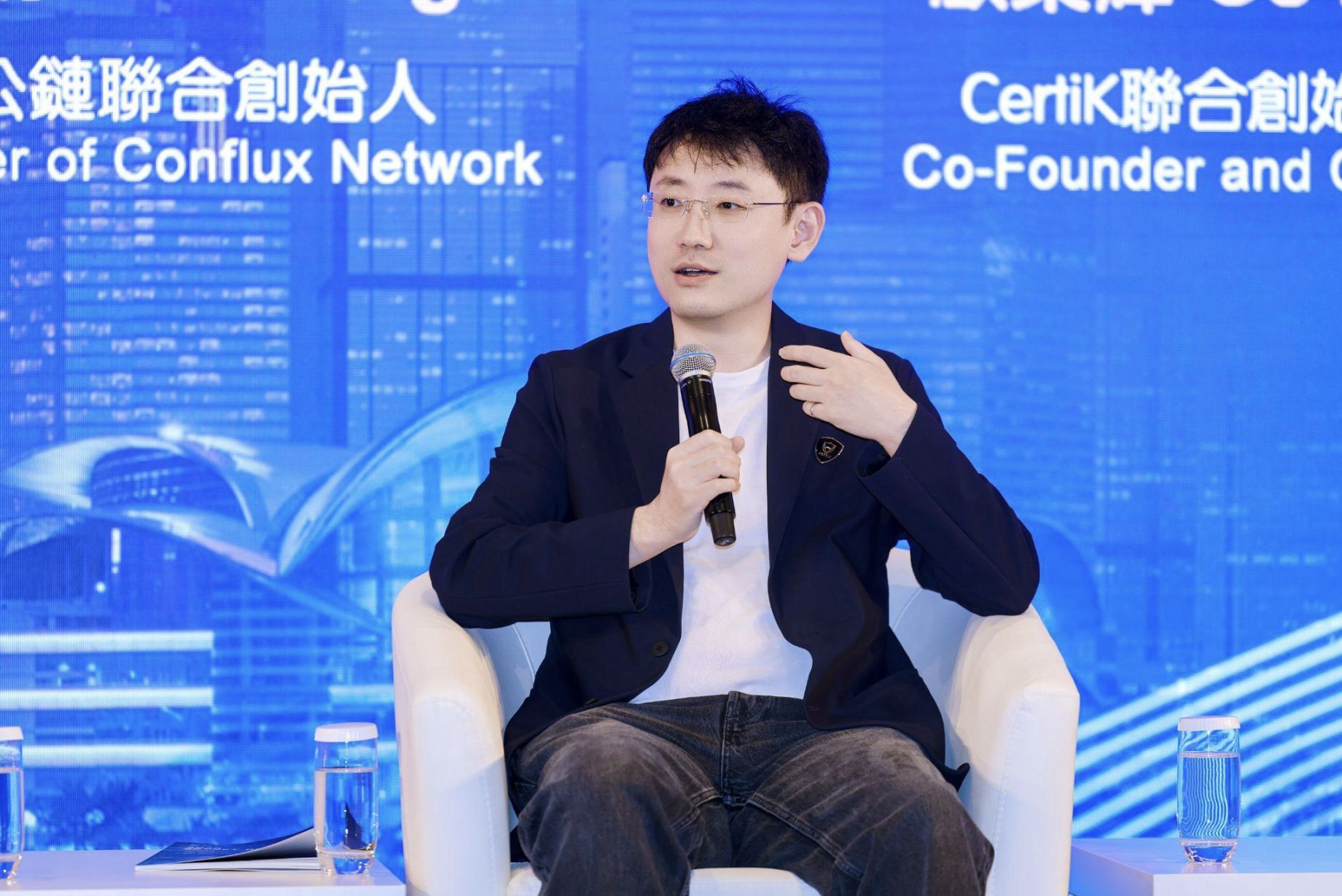
As a member of the first Hong Kong Web3 Development Task Force and the only Web3 technology advisor to the Monetary Authority of Singapore (MAS), Professor Gu systematically broke down the core characteristics of current global digital asset regulation, drawing on CertiK's global presence and regulatory collaboration experience. He pointed out that since 2022, global regulation has shown clear regional differentiation: the United States has taken a relatively conservative approach to blockchain and crypto assets, while Asian markets represented by Hong Kong and Singapore have been the first to embrace emerging technologies. However, with the passage of the U.S. GENIUS Act this year and the consensus reached between the U.S. Securities and Exchange Commission (SEC) and the Commodity Futures Trading Commission (CFTC) in the field of digital asset regulation, it is expected that a systematic regulatory framework will be introduced soon. This trend is likely to promote global regulatory coordination and policy alignment. Professor Gu stated, "We expect to see more regulatory frameworks introduced and implemented by 2026."
When discussing the path to balancing compliance and innovation, Professor Gu emphasized that the compliant development of the Web3 industry must be based on technological security, and that human risk is the most easily overlooked key link in the compliance system. He cited a local Hong Kong stablecoin-related company as an example, which suffered a $50 million theft due to an employee implanting a code backdoor. Notably, this covert internal theft did not escape detection by CertiK's Skynet monitoring system. Professor Gu stated that CertiK's Skynet monitoring system has the core capability to identify abnormal transaction behaviors, and it was this system that captured the unconventional fund transfer at the time.
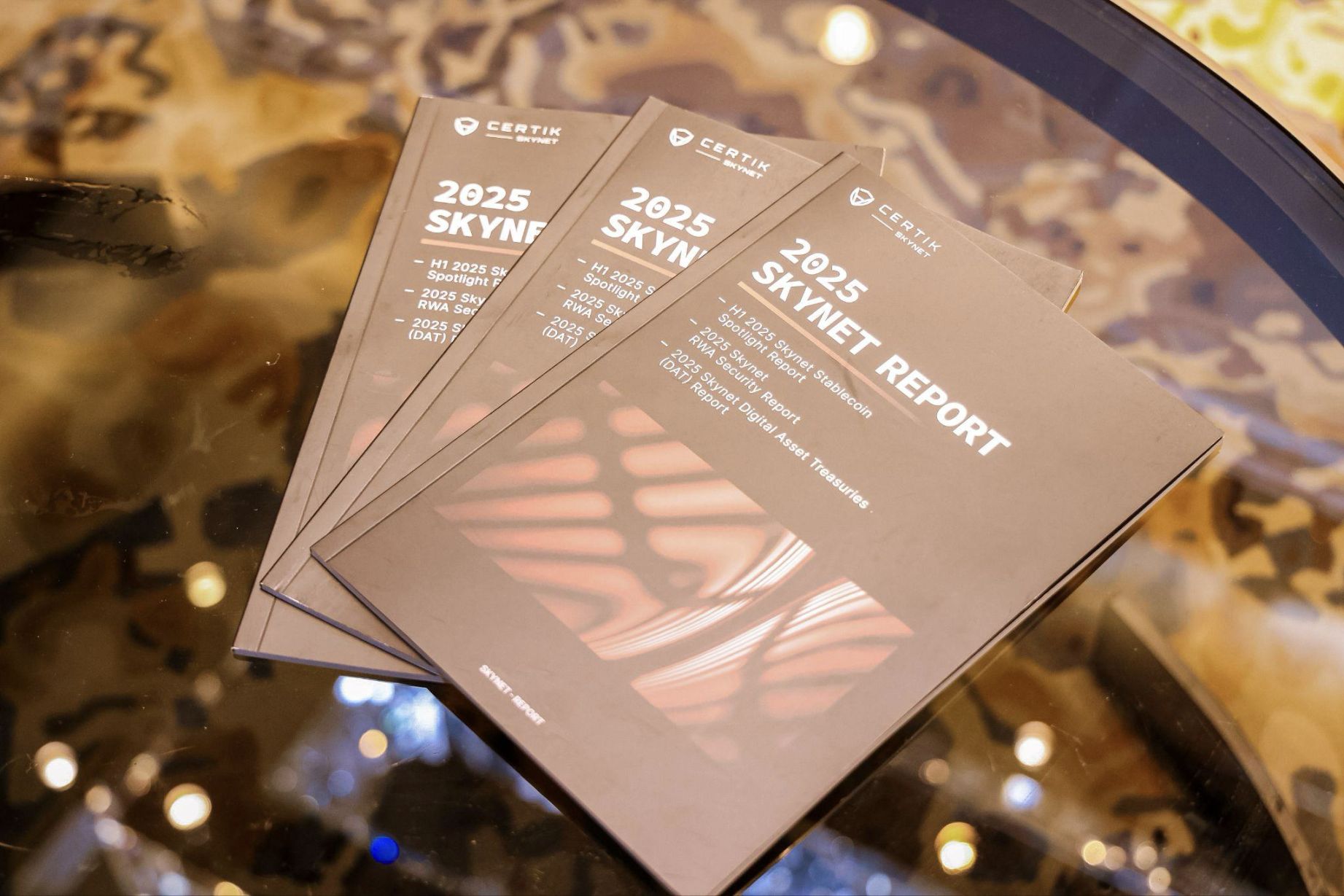
Professor Gu pointed out that as more and more companies enter the Web3 field, related risks are gradually emerging, but most institutions are still unfamiliar with these risks and lack visualization tools and prevention solutions. In response to this situation, CertiK has launched the Skynet series of reports, with three issues already released in Hong Kong, covering stablecoins, RWA, and DAT. These reports summarize the security issues, potential risks, and typical incidents of greatest concern to enterprise clients and regulators, and have received widespread media attention and coverage.
At the same time, CertiK's Skynet monitoring system is also cooperating with regulators globally, including in the United States, the Middle East, and Asia. Through this system, regulators can monitor potential risks in real time, detect problems at the earliest opportunity, and take action, filling the gap in traditional regulation's ability to identify Web3 technology risks. As the world's largest Web3 security company, CertiK has served more than 5,000 enterprise clients, safeguarding assets totaling over $600 billions. Professor Gu stated that CertiK's practice proves that technological innovation can not only support compliance requirements but also safeguard industry innovation.
Looking ahead to the industry's development over the next 1-3 years, Professor Gu pointed out that as global regulatory frameworks become clearer, blockchain technology will move from proof-of-concept to more real-world applications. He stated that CertiK is already cooperating with several large banks and traditional financial institutions and has observed an increasing number of blockchain-based applications being implemented. For example, some banks have begun using blockchain technology to optimize internal settlement processes, significantly reducing costs and improving efficiency. Professor Gu looks forward to further improvements in regulatory policy, which will drive more compliant and secure blockchain innovations to be implemented in the real economy, injecting new momentum into the sustainable development of the digital finance industry.
Disclaimer: The content of this article solely reflects the author's opinion and does not represent the platform in any capacity. This article is not intended to serve as a reference for making investment decisions.
You may also like
This year's hottest cryptocurrency trade suddenly collapses—should investors cut their losses or buy the dip?
The cryptocurrency boom has cooled rapidly, and the leveraged nature of treasury stocks has amplified losses, causing the market value of the giant whale Strategy to nearly halve. Well-known short sellers have closed out their positions and exited, while some investors are buying the dip.
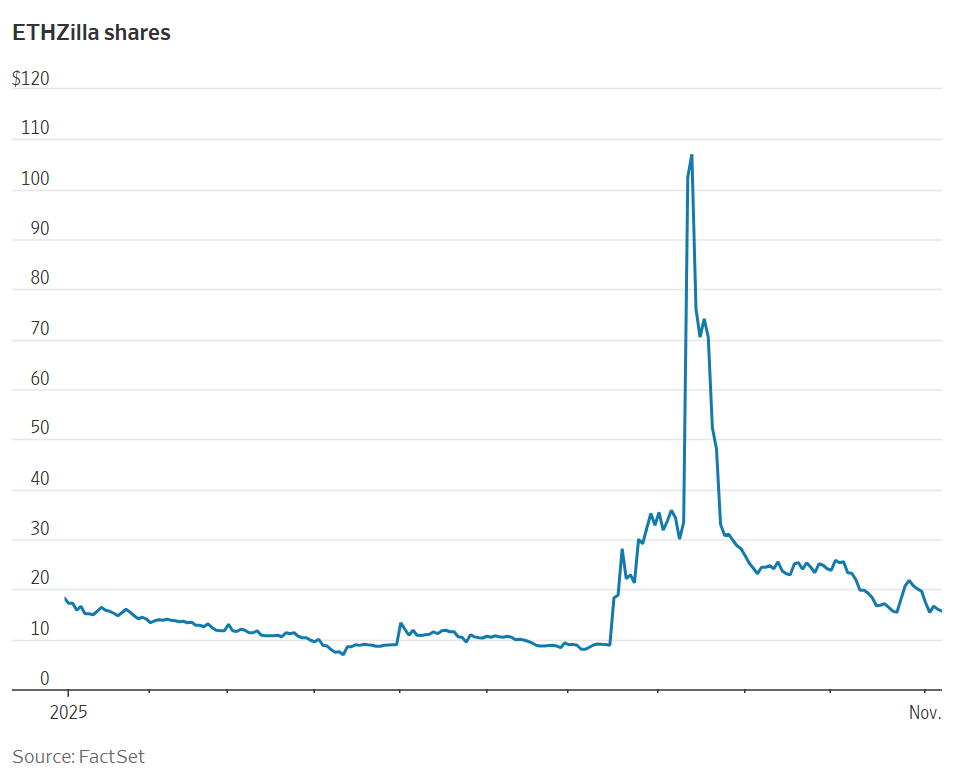
Showcasing portfolios, following top influencers, one-click copy trading: When investment communities become the new financial infrastructure
The platforms building this layer of infrastructure are creating a permanent market architecture tailored to the way retail investors operate.

Ripple raised another $500 million—are investors buying $XRP at a discount?
The company raised funds at a valuation of $40 billions, but it already holds $80 billions worth of $XRP.
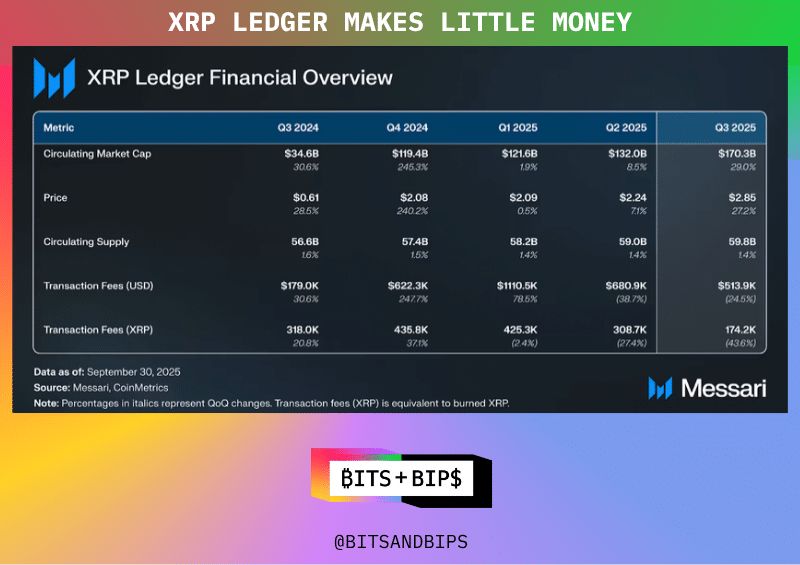
CoinShares: Net outflow of $1.17 billion from digital asset investment products last week.
